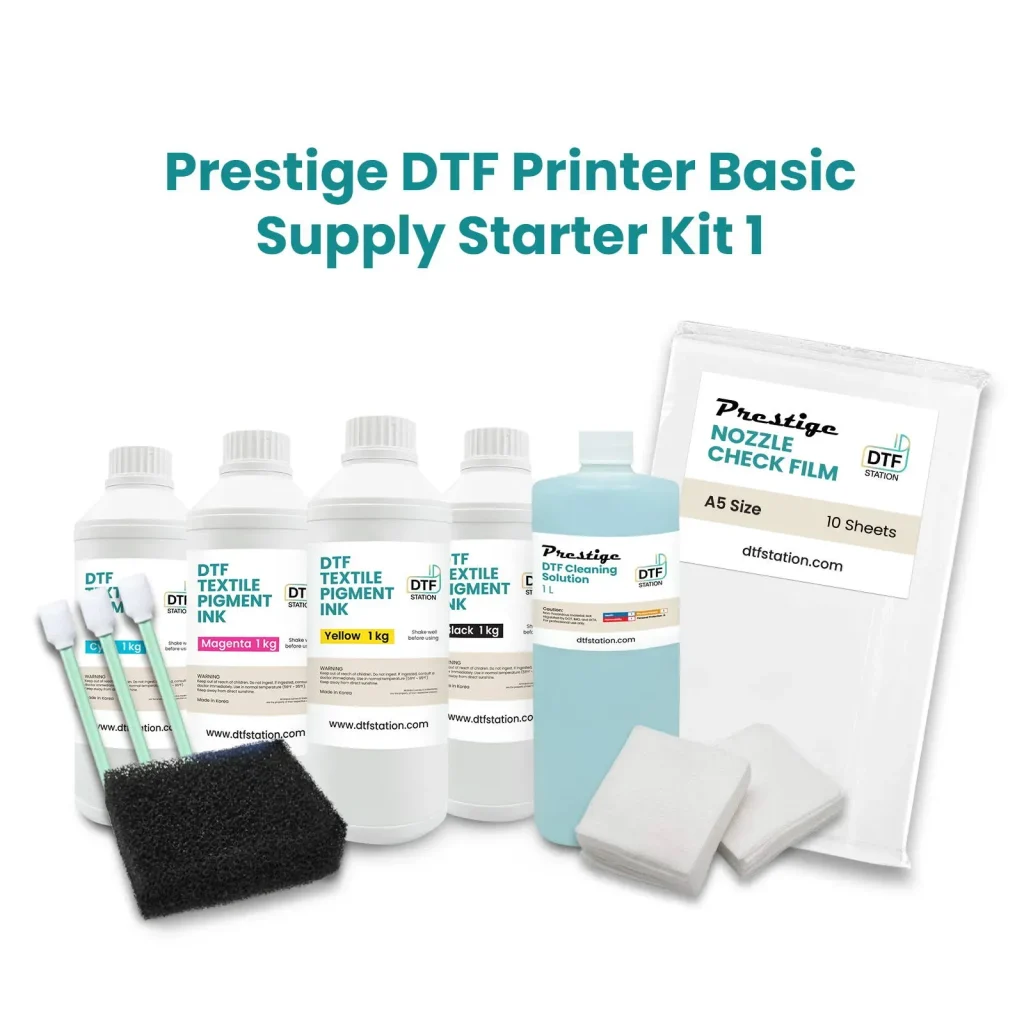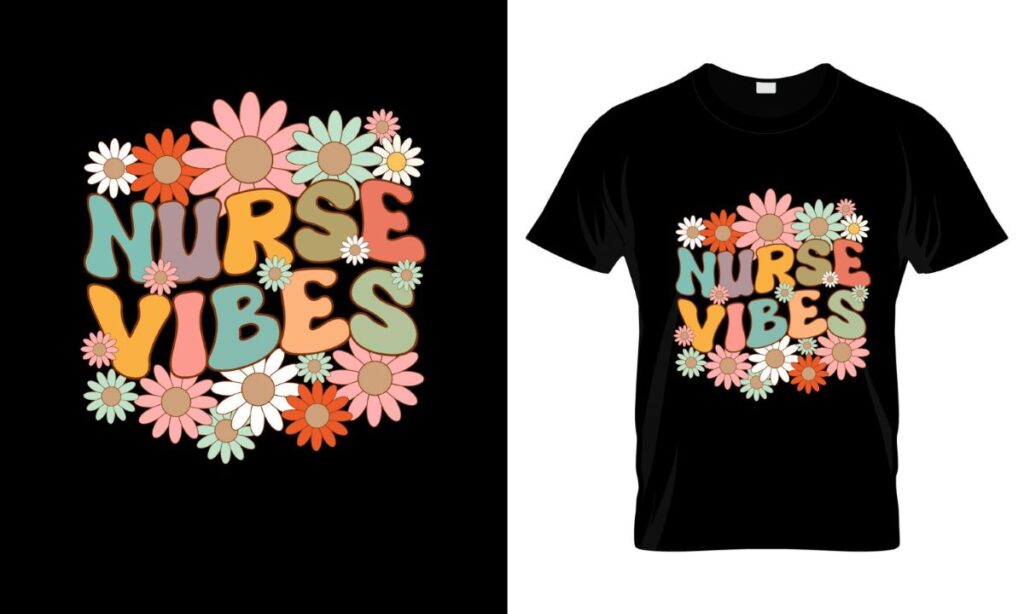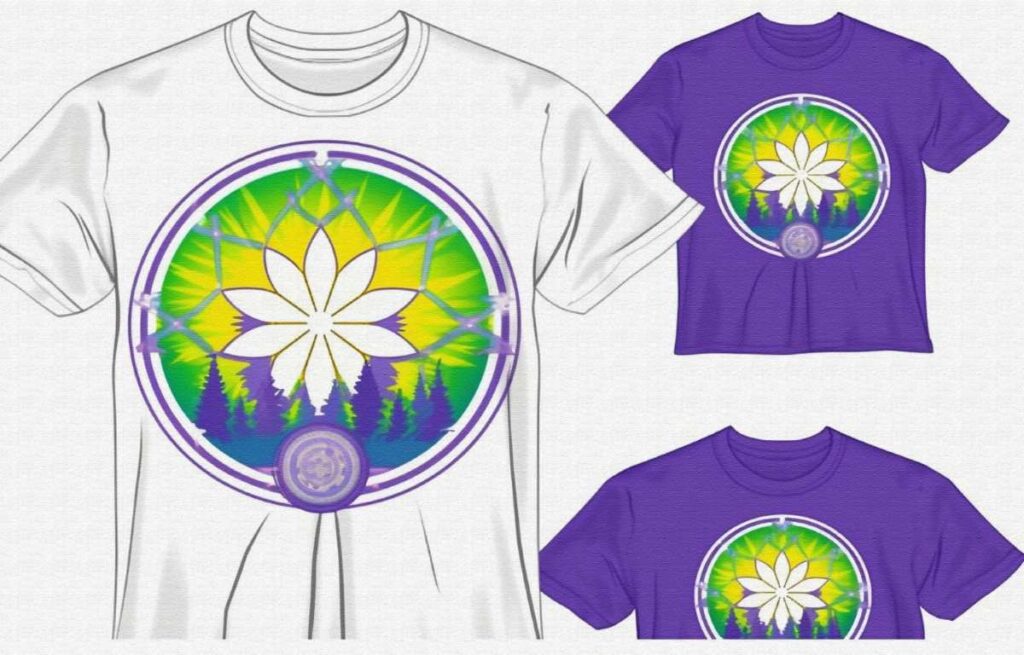DTF supplies are the foundation of reliable, vibrant transfers when printing on garments, and choosing the right components sets the tone for your entire operation, from the early concept stage through design, proofing, production scheduling, and finally delivering consistent results that earn ongoing customer trust, repeat business, and scalable growth, supporting diverse product lines, seasonal campaigns, and cross-channel consistency across ecommerce, wholesale, and retail environments. DTF ink quality, together with careful film selection and adhesive powder, drives color fidelity, edge sharpness, and wash durability across fabrics, while also shaping how forgiving your workflow is to pigment differences, nozzle wear, routine maintenance, temperature fluctuations in storage, and the consistency of your onboarding for new team members. DTF film types come in varying thickness and finishes, and their compatibility with your ink and powder can dramatically affect transfer clarity and the ease of production, impacting peel strength, residue, tactile feel, lint resistance, and how well the system handles rapid batch changes without sacrificing repeatability, while suppliers’ testing and certification can help validate compatibility before large orders. DTF powder should melt evenly and provide solid opacity, helping even dark fabrics achieve bright, durable results, and its particle size, flow characteristics, storage stability, exposure to humidity, and shelf life all play a role in repeatable performance across batches and across different machines, with well-managed storage practices preventing performance drops. Choosing compatible DTF printers and optimizing heat press settings for DTF ensure you translate designs accurately from screen to sleeve with consistent performance, while evaluating total cost of ownership, maintenance needs, supplier support, warranty terms, and the potential for automation to minimize downtime and maximize output, and a thoughtful procurement plan helps forecast costs, plan upgrades, and maintain predictability as demand shifts.
From an SEO perspective, the second paragraph uses alternative terminology that aligns with Latent Semantic Indexing (LSI) principles to reinforce the topic without relying on a single phrasing. This broader framing covers transfer media, digital-to-film workflows, and compatible substrate materials, describing the same process from different angles to improve search relevance and practical understanding. Practically, brands and service providers discuss the concept using variants like print-on-film materials, carrier film systems, and ink-powder-film ecosystems, which helps align suppliers and customers across markets without getting stuck in jargon. Understanding these related terms enhances your ability to compare offerings, focusing on durability, color fidelity, adhesion, and overall workflow efficiency within a cohesive transfer ecosystem.
DTF Ink Quality: Foundation for Color, Durability, and Consistency
DTF ink quality is the heartbeat of every successful transfer. With high-quality inks, you can achieve a broader color gamut, richer saturation, and more reliable reproduction across fabrics. A careful evaluation should consider how inks behave as they flow through the nozzles, their drying time on film, and their resistance to bleeding or feathering after curing.
Testing different DTF ink brands against representative designs helps reveal real-world performance under your workflow. Focus on wash-fastness, fade resistance, and color stability across repeat runs. The goal is predictable results: inks that maintain vibrancy through laundering and multiple wear cycles, while integrating smoothly with your DTF film types and adhesive powders.
DTF Film Types: Thickness, Finish, and Compatibility
DTF film types influence every step of the transfer—from ink clarity to edge definition and powder adherence. Thickness and rigidity affect how well a design transfers and how durable the final print will be on different fabrics. A thicker film can improve durability but may require adjustments to powder application and heat press timing.
The surface finish, permeability, and texture of the film impact color perception and release during the transfer. Selecting films that harmonize with your inks and powders reduces white underbase issues and yields cleaner edges. Always test multiple film types to balance durability with ease of use and cost per sheet.
DTF Powder: Adhesive Performance and Transfer Longevity
DTF powder is the adhesive mechanism that binds the ink to fabric during transfer. Its particle size, whiteness, and melting characteristics determine how uniformly the design adheres and how well it survives washing. A robust powder should melt evenly and form a strong, durable bond without leaving excess residue.
Storage conditions and shelf life greatly influence powder performance. Humidity, temperature swings, and age can alter flow characteristics and adhesion strength. Testing powders with the same ink and film combination helps you understand how each option affects transfer quality, print durability, and compatibility with your heat press timing.
DTF Printers: Choosing Equipment That Matches Your Production Goals
Your DTF printers set the foundational capabilities for resolution, color management, and throughput. Look for printers with adequate DPI for sharp details and robust color management tools, including ICC profiles, to ensure predictable color across film batches. A reliable printer also minimizes downtime and supports a consistent workflow.
Beyond print quality, consider reliability, maintenance needs, and the availability of compatible consumables. The ecosystem of inks, films, and powders should align with the chosen printer to avoid bottlenecks and unexpected costs. Matching your printer to your production goals—whether a few dozen shirts weekly or high-volume runs—helps sustain consistent DTF output.
Heat Press Settings for DTF: Achieving Consistent Transfers Across Fabrics
Heat press settings are the bridge between the DTF supplies and the garment. Time, temperature, and pressure must be tuned to fabric type and powder formulation. A common starting point is around 150–170°C for 20–30 seconds, but validation with fabric swatches ensures you’re not over- or under-curing.”
Preheating, even cooling, and post-press handling also influence transfer quality. Use a test matrix to vary time, temperature, and pressure while keeping the ink, film, and powder constant, so you can isolate which factor most affects adhesion and edge definition. Tailoring these settings to your fabrics minimizes defects and improves wash durability.
DTF Supplies: Building a Reliable, Scalable Workflow
DTF supplies encompass ink, film, powder, and the printers that bring designs to life. The synergy between these components determines color fidelity, transfer ease, and long-term durability. Prioritize a balanced combination of DTF ink quality, DTF film types, and DTF powder to create a smooth, repeatable production flow.
Establishing a repeatable process is essential for scalability. Start with samples from multiple suppliers, run standardized tests on dark and light fabrics, and document outcomes with objective criteria like color accuracy, edge definition, and wash durability. A documented workflow that includes heat press settings for various fabrics helps you scale production while maintaining consistency across orders.
Frequently Asked Questions
Why is DTF ink quality essential when evaluating DTF supplies, and how does it impact color and durability?
DTF ink quality is the foundation of color fidelity and wash durability in DTF prints. Look for a wide color gamut, stable viscosity for reliable nozzle flow, and fast drying on the film to ensure strong adhesion with the powder. Poor ink quality can lead to dull colors, color shifts, and reduced wash-fastness. Test with representative designs on your fabrics and use ICC profiles to gauge real-world performance while ensuring compatibility with your chosen DTF film types and powder.
What should I consider when selecting DTF film types within DTF supplies?
DTF film type affects color clarity, edge definition, and powder adhesion. Evaluate thickness for transfer durability, surface finish (matte vs glossy), permeability, and compatibility with your inks and powders. Balance cost per sheet with yield and batch-to-batch consistency. Conduct small-batch tests to confirm reliable transfers across your typical fabrics.
How does DTF powder influence bond strength and wash durability in the DTF supplies?
DTF powder is the adhesive that enables the transfer. Choose powder with strong adhesive strength, bright opacity, and an appropriate melt temperature. Proper storage and shelf life matter to maintain consistency. Ensure powder compatibility with your heat press timing to avoid scorching or under-curing. Test the powder with your selected ink and film types to verify durable, wash-ready results.
What role does a DTF printer play in the DTF supplies ecosystem?
The printer largely determines detail, color management, and overall consistency in DTF outputs. Look for high resolution, robust color management capability, and straightforward maintenance. Ensure your inks, films, and powders are readily available and compatible with the printer for a smooth workflow. A well-matched printer–ink–film–powder setup minimizes surprises and reduces cost per print.
How can I optimize heat press settings for DTF transfers within the DTF supplies workflow to maximize results?
Heat press settings are the bridge between the DTF film and fabric. Start with recommended time and temperature for your fabric and powder mix (often around 150–170°C for 20–30 seconds), then adjust for your materials. Use even pressure, include a preheat step, and allow gradual cooling after pressing. Create a small test matrix to isolate the impact of time, temperature, and pressure while keeping the same ink, film types, and powder.
What practical steps can I take to test and compare different DTF supplies (ink, film, powder) before committing to a supplier?
Define your production goals and request samples from multiple suppliers. Run standardized test jobs on light and dark fabrics with representative designs, and evaluate color accuracy, edge definition, adhesion, and wash durability. Select a primary supplier for each component (ink quality, film types, powder) and document heat press settings and ICC profiles to ensure repeatable results across batches.
| Aspect | Key Points |
|---|---|
| Understanding DTF Supplies | DTF supplies include film, ink, adhesive powder, and the printer that deposits the design onto the film before transfer. The right combination ensures a smooth workflow, predictable color, and durable application on a variety of fabrics. |
| DTF Ink Quality |
|
| DTF Film Types |
|
| DTF Powder and Adhesive |
|
| Printers and Workflow |
|
| Heat Press Settings |
|
| Budget, Quality, and Risk |
|
| Practical Steps to Choosing the Right DTF Supplies |
|
| Maintenance and Storage |
|
| Troubleshooting Common Issues |
|
Summary
DTF supplies drive the quality and consistency of direct-to-film printing. A balanced mix of ink, film, powder, and printer compatibility sets the foundation for vibrant colors, strong adhesion, and durability across washes. By testing and documenting your workflow, you can optimize heat press profiles and reduce defects. This approach helps you deliver consistent results, meet customer expectations, and scale production with confidence.



